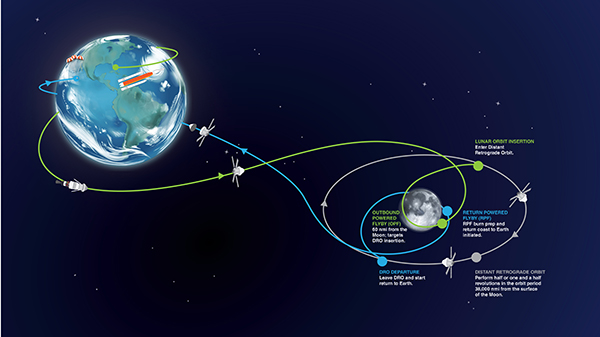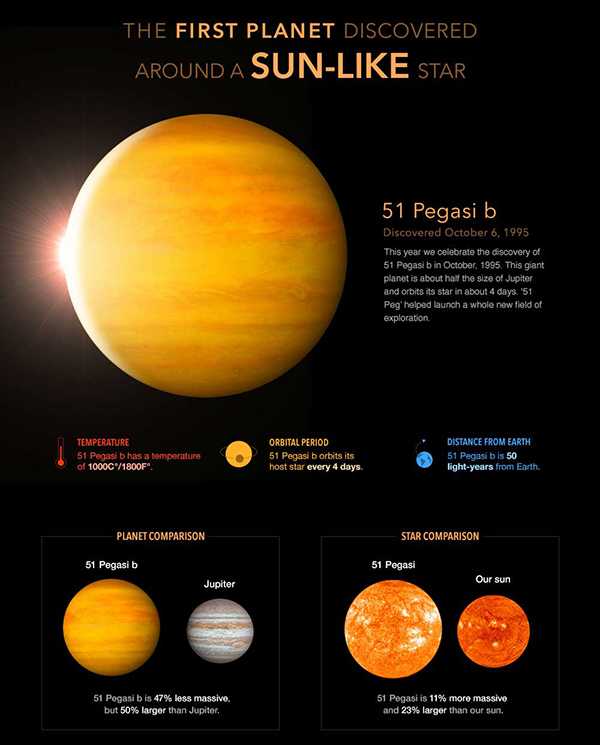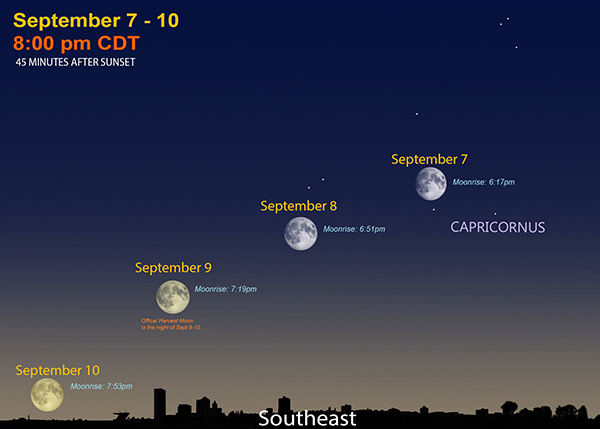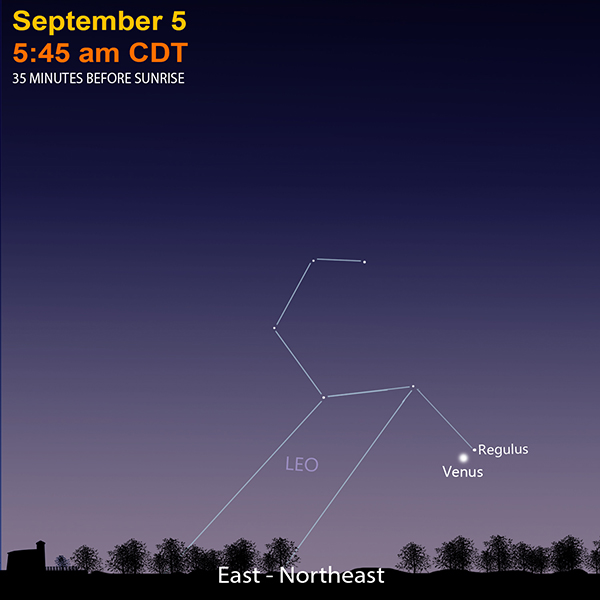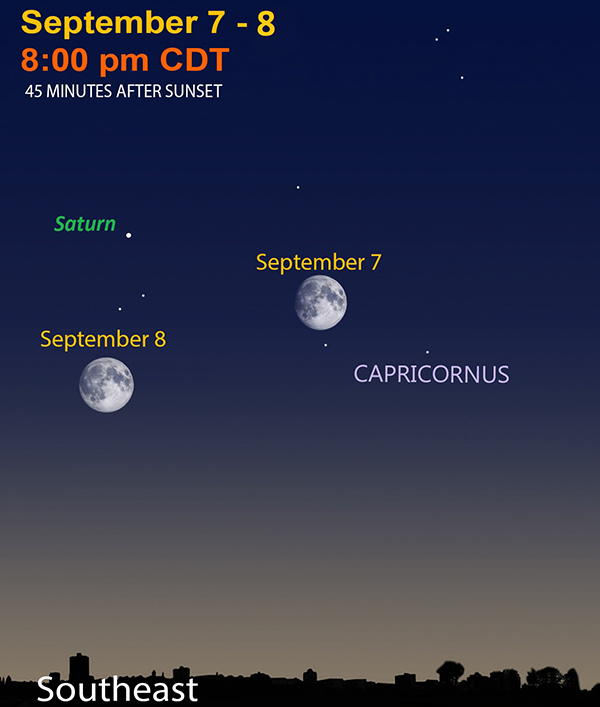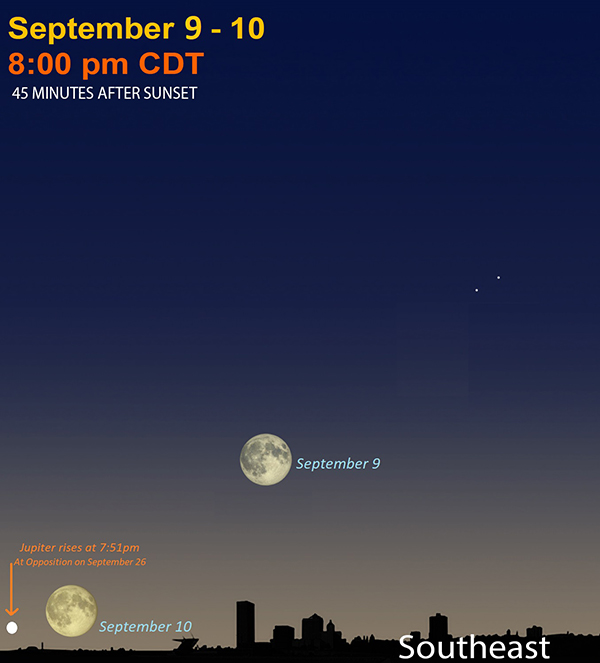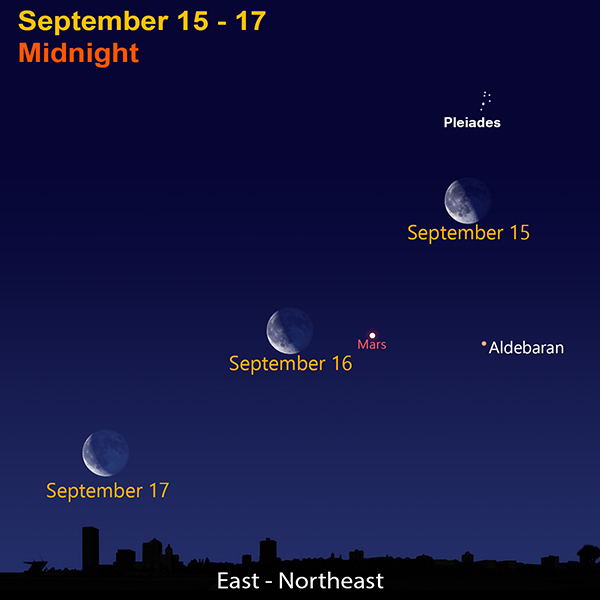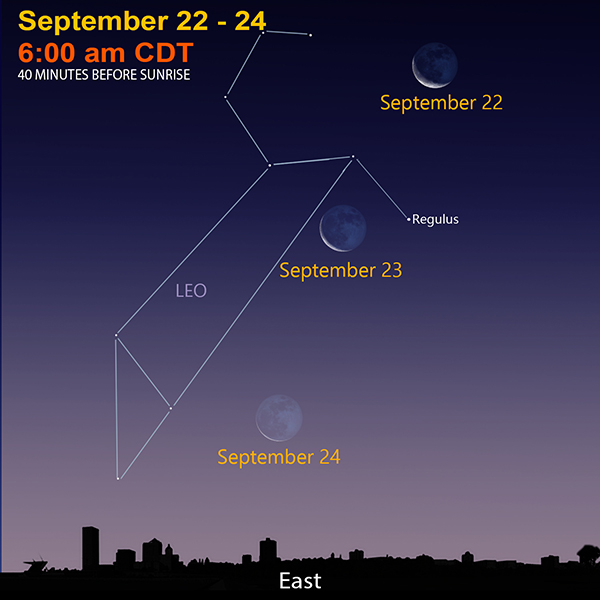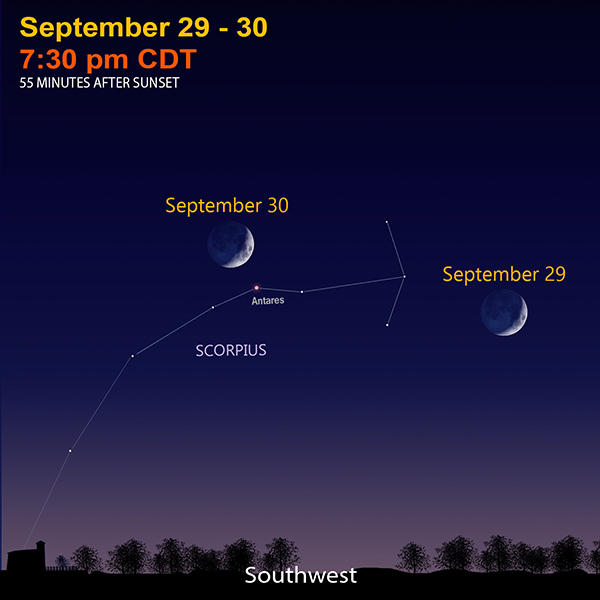Cosmic Curiosities
“Like the moon, I have learned to be beautiful in darkness.”
- Collette O'Mahony, American Author and Poet
Touching the Moon
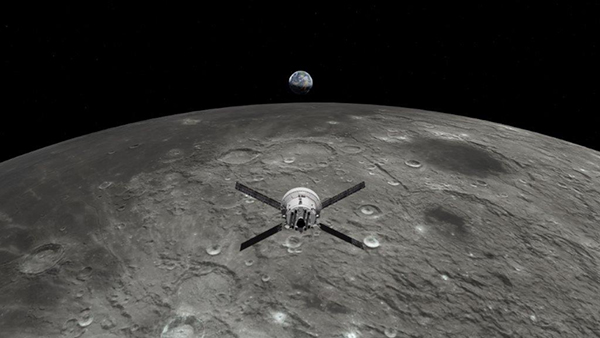
Soon, humans will once again touch the Moon. NASA’s program to achieve this quest is called Artemis, named after the Greek goddess of the Moon and twin of Apollo. Through Artemis, NASA aims to land the first woman and first person of color on the moon. Objectives also include establishing an international expedition team and a sustainable human presence on the Moon.
Looking long-term, NASA hopes that Artemis establishes the first methods to extract lunar resources. Perhaps the biggest resource is water. Artemis will also research the best ways to make crewed missions to Mars and beyond a possibility.
The first of three missions is called Artemis 1. Its new launch date is soon–Saturday, September 3, 2022! Artemis 2 will carry astronauts to the Moon with the Orion spacecraft, but will not land. It is currently planned to be launched in May 2024. Artemis 3 astronauts will descend to the lunar surface and walk on the Moon in 2025 or 2026. It will be the first touchdown at the lunar south pole—where water ice has been discovered. The landing craft is called Starship HLS and is being built by Space X. It will be the first time humans have walked on the Moon since Apollo 17 in December 1972. These target dates will all depend on the success and performance of each mission.
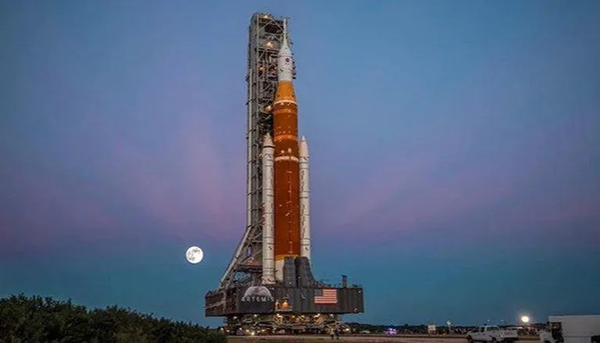
The Moon rocket—NASA’s biggest rocket in 50 years—is called SLS, or Space Launch System. The three rockets—the core and two solid rocket boosters—can produce 8.8 million pounds of thrust at lift-off. It stands 32 stories tall, almost as high as the biggest building in Milwaukee!
The spacecraft going to the Moon is called Orion. Orion will orbit the Moon in a deep retrograde orbit (DRO) and then head back to Earth. The service module capsule will separate and splash back down to the Pacific Ocean after three weeks and 1.3 million miles of space travel.
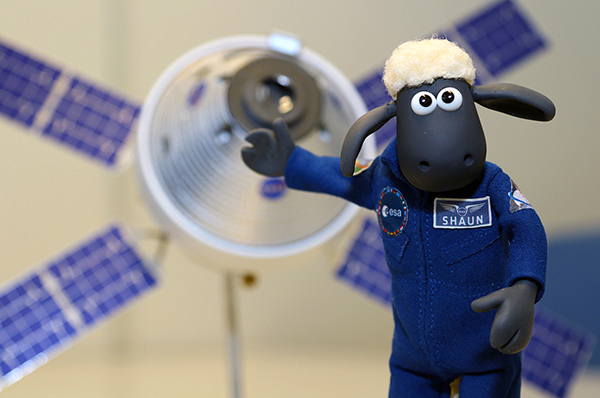
While people will not be aboard Artemis 1, there will be some space travelers. The commander's seat will be occupied by Shaun, a toy mannequin. His official name is Commander Moonikin Campos. Moonikin Campos is named after electrical engineer Arturo Campus, who was a key player in bringing the Apollo 13 mission safely back to Earth. Shaun will be joined by two simulated female astronauts from the German space agency (DLR).
Sure, these are toys. But two of them will have special scientific clothing to measure space radiation, which is always a danger anytime real astronauts venture beyond Earth’s protective atmosphere. Also aboard Artemis 1 are 10 tiny scientific missions that will land on the surface of the moon. These shoebox-size spacecraft will perform various tests like testing for moon ice and hard-landing methods.
The Shapes of Pegasus
Daylight is growing shorter. Leaves will soon change color. Pumpkins are around the corner. It’s time for autumn! The season officially arrives on Thursday, September 22 at 8:03 p.m. CDT when the sun shines directly over the Earth’s equator.
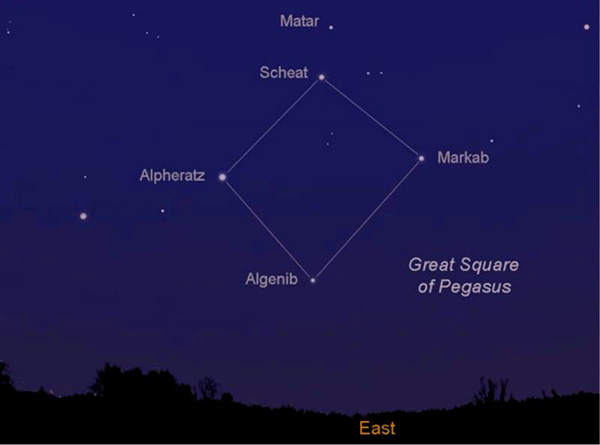
Stargazers mark fall by spotting a popular constellation in the eastern sky: Pegasus, the winged horse. Its nickname is “the Great Square.” Sports fans like to refer to it as a baseball diamond. In Greek mythology, Pegasus is a magical, flying horse. It is said Pegasus was created when the Greek hero Perseus cut off Medusa’s head and her blood mixed with the water of Poseidon’s ocean. It’s believed that Pegasus’s hooves dug out a spring that would inspire the drinker to write beautiful poetry. Pegasus was also the steed of another Greek Hero, Bellerophon, who slays the Chimera, only to be bucked from Pegasus’s back when he attempted to fly to Mount Olympus.
Beyond the visible stars of Pegasus exists a group of five active galaxies known as Stephan’s Quintet. You may recall the James Webb Space Telescope sent us a new picture of this well-known group! We can also find a quasar called Einstein’s Cross, and M15, a globular cluster in Pegasus as well.
Among the most exciting objects in Pegasus is an exoplanet known as 51 Pegasi b. This planet was discovered on October 6, 1995 and was the first planet discovered orbiting around a sun-like star! It orbits its star every four days and has an average temperature of 1,800 degrees Fahrenheit. The star and planet are 50 lightyears away from Earth.
Today, 27 years later, we have confirmed more than 5,000 different exoplanets. Given our exoplanets-discovery technology is still fairly new—and we have only searched a small part of our galaxy—astronomers reason that there are actually billions of exoplanets in the Milky Way!
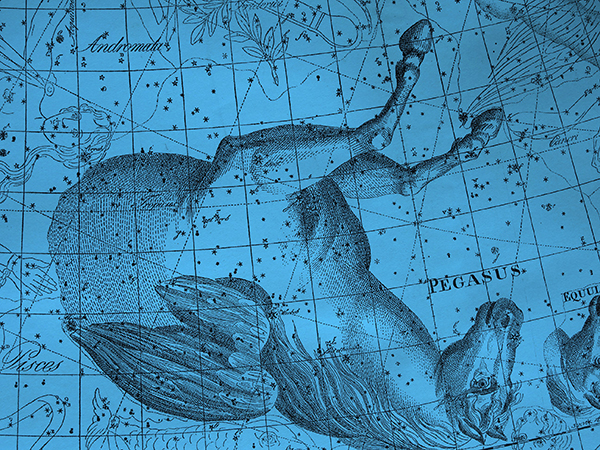
How did the Greeks ever imagine a winged horse in this constellation? And one with no rear end? And upside down? No one knows exactly—but it must have been a fun night of stargazing!
Harvest Moons
Technically, the Harvest Moon is the full moon’s exact time nearest the first day of fall. This year, the date is September 10—but more accurately, it is the night of September 9-10.
However, there are plenty of “harvest moons” near the exact date every fall. We call this the Harvest Moon Effect. It’s a combination of four or five moons that all look full. This year, these moons fall from September 7-11. The reason for all these Harvest Moons is the time they rise in the eastern sky. On average, the Moon rises about 60 minutes later each night. Near the autumnal equinox, however, the Moon rises around 30 minutes later! These quicker moonrises can make many think there is more than one harvest moon.
Space in Sixty Seconds
Learn about the cause behind the aurora—one of the night sky’s most impressive sights!
Sky Sights
Venus moves lower and lower in the morning sky all month. Catch it early, as by September 30, it only rises 22 minutes before sunrise and will be impossible to see. Venus reappears in the morning sky in December.
Saturn is easy to spot in the southeast sky as soon as it is dark enough. Watch the Moon pass by on September 7-8.
On September 9-11, Harvest Moon time, spot our Moon near giant Jupiter. They are low in the sky to start the night, but are easily seen an hour later. The largest planet is at opposition on September 26.
Mars and the Moon pair up for midnight owls in the eastern sky from September 15-17. For early birds, look for them high in the south sky. Observe the red star Aldebaran and Pleiades star cluster, too.
Catch crescent moons at the end of September in both morning and evening skies!
Use this chart to locate the moon and planets. You will have to get up early, though—about 4:30 a.m. here in Milwaukee.
Rise & Set Times (CDT) for Morning Planets in Milwaukee WI
| Planet | September 1 | September 30 |
|---|---|---|
| Saturn | 6:41 p.m. | 4:43 p.m. |
| Jupiter | 8:29 p.m. | 6:27 p.m. |
| Mars | 11:07 p.m. | 9:58 p.m. |
| Venus | 5:06 a.m. | 6:18 a.m. |
September Star Map
Sign Up
Receive this newsletter via email!
Subscribe
See the Universe through a telescope
Join one of the Milwaukee-area astronomy clubs and spot craters on the Moon, the rings of Saturn, the moons of Jupiter, and much more.
Follow Bob on social media
Twitter: @MPMPlanetarium
Facebook: Daniel M. Soref Planetarium


